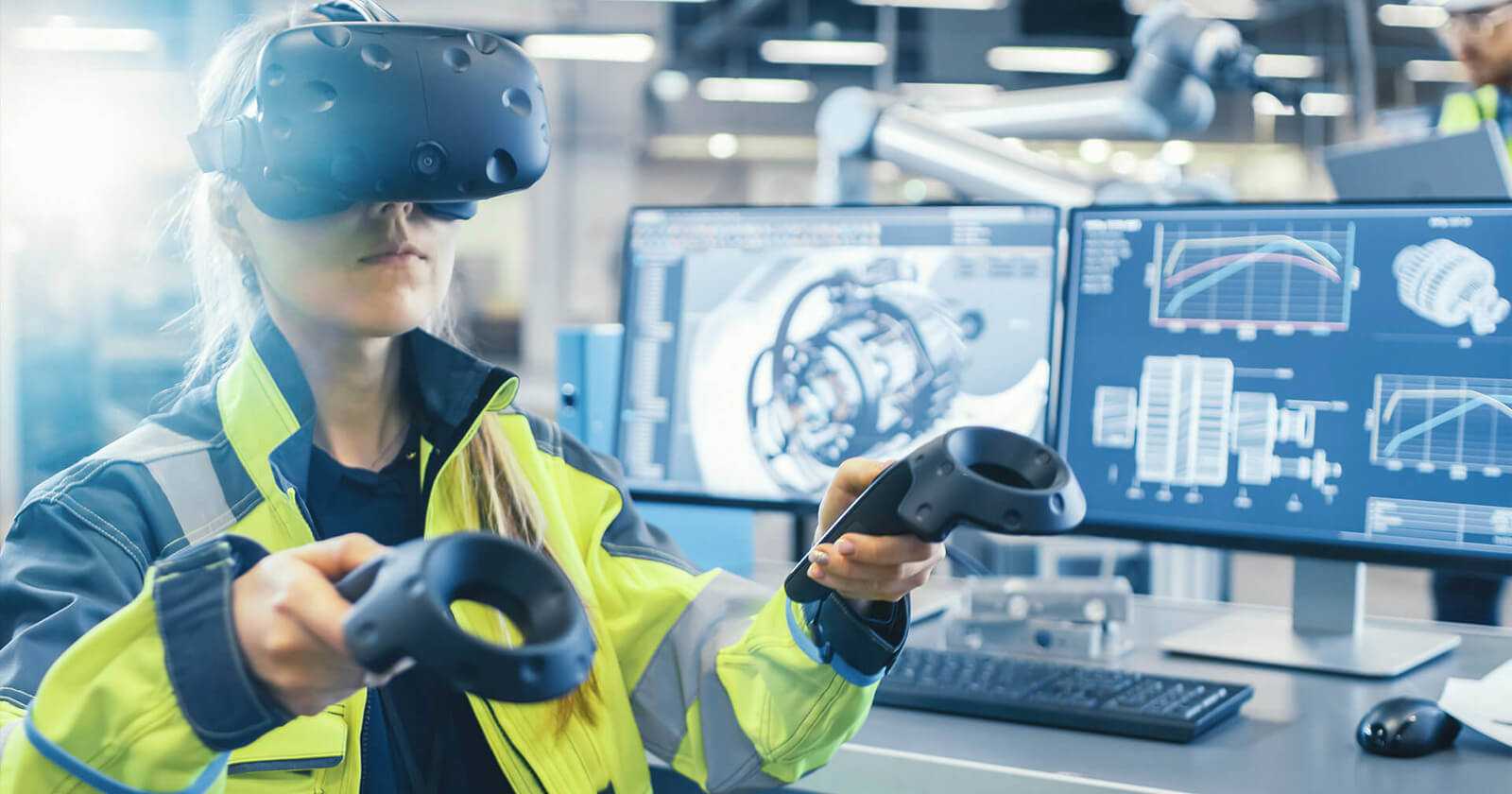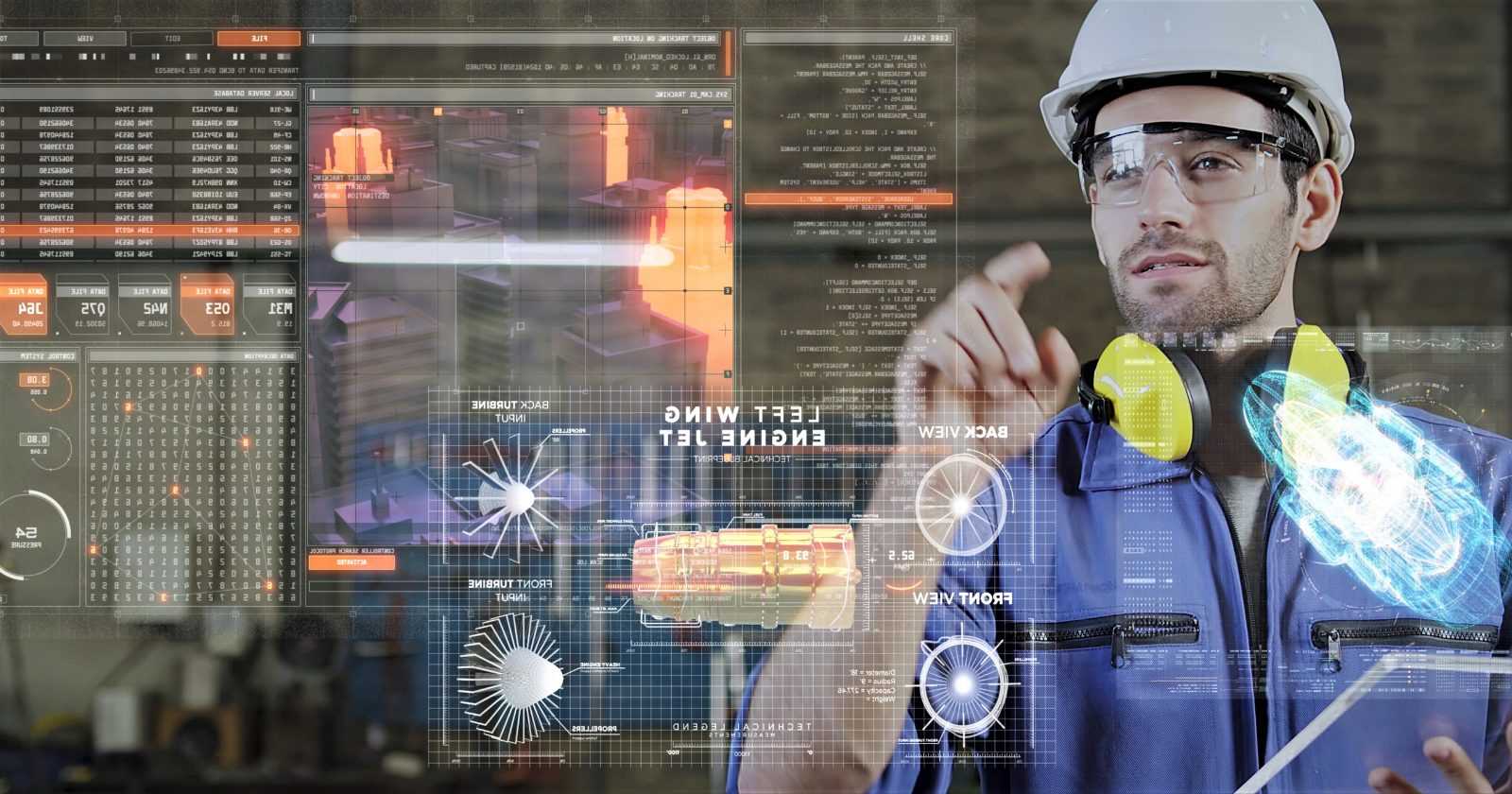The amount of information in the world grows exponentially and so should our learning speed. But, as we all know, speed decreases the quality of how information is understood and digested. That’s why we need to change the way we learn new things.
If we approach the old ways of learning we can feel information overload. Therefore, a new skill will be either partly mastered or not at all, which won’t work in the modern world. Another example where old approaches fail is that we used to learn different skills in theory and never put it into practice right away. For instance, in school, we learn Math but nobody tells us where to apply it. The same is true for other subjects.
The methods we use for remembering information also influence the outcome. From early cave drawings to present-day videos visual-based means helped people to retain more data and apply it more efficiently after training.
So, How to Learn Fast and with High Quality?
Any new competence includes diverse theory layers of different depth. Usually, to master a new skill you need to go through concepts, fundamentals and only then dive into more in-depth knowledge. After a thorough analysis of the time spent on learning each part, you may notice a pretty standard regularity. What I mean is that usually studying concepts takes less time than acquiring fundamentals. The same is true if we compare fundamentals with in-depth knowledge.
How to Increase Learning Speed?
Well, imagine we have 5 skills to master in a month. If we learned each of them starting from concepts, fundamentals, and diving into the depth it would take a year or more to digest all of the material. But learning only concepts at the first stage with a chance to make instant assumptions can be much faster. Moreover, it can be sufficient to understand that a particular skill is not suitable for the task we are about to solve using the new technology.
As an association with nature let’s assume we’re given a task to draw a tree. Starting drawing with high details isn’t the best approach, because it would take a lot of time, just like the regular approach in learning. But drawing its silhouette, then adding the stem, branches and leaves would be much more efficient. Moreover, if you draw for a customer, just a silhouette can be enough for them to understand that they don’t like it.
I am sure everybody has walked at night and could easily recognize a tree in front of them without seeing its details, right? The same is with a particular skill. You can learn concepts first – a silhouette in this example, identify whether it solves the task and then acquire the fundamentals. Which, in its turn, will expose other details, aspects or blockers possibly revealing the skill as inappropriate for solving the particular task.
As you may have noticed, a lot of concepts are borrowed from the others. The concepts of adjacent technologies are intertwined. Can you imagine how many connections and how much faster you will think up diverse solutions for tasks simply by determining the basic concepts of the other ones?
The more experienced you are in this strategy of learning, the faster you will choose/think up the best solution. This leads to less money spent on learning process thus releasing funds for investment into new features implementation for your product.
Why Do We Think This Strategy Is Efficient in the Modern World?
Well, let’s see the pros and cons of such a learning strategy, starting from a positive note:
- Time-efficient
You spend much less time to decide what technology/skill to use to solve a problem.
- Polymath
You become a polymath, which is highly appreciated by the modern world due to a vast choice of different services, technologies, and skills to solve the same task.
- Creative
You become more creative by learning the concepts of countless new skills.
- Cost-effective
You can reduce costs on initial research of the most appropriate approach before starting a new project.
- Innovative
You can easily come up with an idea or combine two or more concepts to solve some tricky problems.
There are two sides of a coin, as usual, so be aware of the dark side:
- Unpredictable
By learning fast we cannot foresee possible issues, although you can easily mitigate it approaching fundamentals.
- Non-expert
You are not an expert in any of the skills or technologies mastered.
Why This Strategy Can Provide Good Quality?
Because of the learning speed, you can “touch” more technologies and figure out which one is the best fit for a particular project. Surely, you cannot foresee possible issues. But learning a skill profoundly may take forever and will not be cost-efficient.
How Innovative Technologies Can Enhance the Strategy?
We consume information through our senses. Studies show that the more senses are involved in the learning process, the greater the chances a person will memorize theoretical and practical concepts of a subject.
Throughout times people experimented with different learning methods. Nowadays virtual and augmented reality comes into our lives and suggests a wide range of opportunities for education. Through giving a chance to actually live experiences it helps to strengthen training results. There’s no need to guess or imagine how some situations look like in real life. Combining such senses as sight, hearing, movement, balance, and body awareness VR & AR technologies additionally seize the emotional side thus becoming crucial for stimulating learning.
Why do these technologies work? Here are some points that matter:
- Sense of presence
People feel truly immersed in the experience presented to them.
- Sense of inclusivity
Users have a chance to examine the proposed concepts.
- Interactivity
Consumers can interact with the objects and situations within the virtual world.
Taking into account the impact virtual experiences make on the educational niche, there’s no wonder it becomes more and more adopted throughout the world among educational institutions and other industries trailblazers.
We are fully aware of the way innovative technologies enhance educational processes. Moreover, there are a number of projects developed specifically for this area. For example, 3D models from the Next-Gen Science project. The models aim at better student engagement in learning scientific concepts.
Conclusions
Having a vast choice of different services, technologies, and skills along with the massive speed of new ones appearing each year old school learning strategies become less popular and valued by big companies. No doubt, it works in a lot of cases, but the strategy we believe in is more efficient for us and customers.
Why? Let’s see the benefits:
- less time spent
- greater efficiency
- faster iterations
- the best solutions are chosen
- extensive experience
Have doubts? Make a list of skills you want to master and go on with this strategy.
A proper combination of the described strategy and innovative technologies will move the learning process much further, giving a chance to master new skills faster and retain new knowledge much longer.
This approach gives competitive advantages to all-sized businesses willing to become trendsetting enterprises.
Wanna give it a shot? Feel free to ask our experts!




